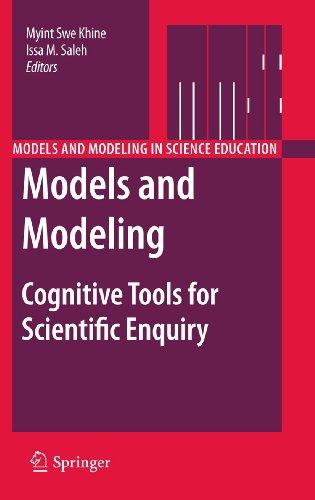

Most ebook files are in PDF format, so you can easily read them using various software such as Foxit Reader or directly on the Google Chrome browser.
Some ebook files are released by publishers in other formats such as .awz, .mobi, .epub, .fb2, etc. You may need to install specific software to read these formats on mobile/PC, such as Calibre.
Please read the tutorial at this link: https://ebookbell.com/faq
We offer FREE conversion to the popular formats you request; however, this may take some time. Therefore, right after payment, please email us, and we will try to provide the service as quickly as possible.
For some exceptional file formats or broken links (if any), please refrain from opening any disputes. Instead, email us first, and we will try to assist within a maximum of 6 hours.
EbookBell Team

4.0
16 reviewsThe process of developing models, known as modeling, allows scientists to visualize difficult concepts, explain complex phenomena and clarify intricate theories. In recent years, science educators have greatly increased their use of modeling in teaching, especially real-time dynamic modeling, which is central to a scientific investigation. Modeling in science teaching is being used in an array of fields, everything from primary sciences to tertiary chemistry to college physics, and it is sure to play an increasing role in the future of education.
Models and Modeling: Cognitive Tools for Scientific Enquiry is a comprehensive introduction to the use of models and modeling in science education. It identifies and describes many different modeling tools and presents recent applications of modeling as a cognitive tool for scientific enquiry.
The processes of modelling and the use of the resulting models to inform predictions play key roles in the nature of science and hence in science education, especially in inquiry-based approaches. Against a background of the philosophical basis for modelling and models, the implications for science education are explored. Well-designed and thoroughly classroom-tested schemes to support students in learning how to model are reviewed. Research into teachers’ understanding of models and their place in the nature of science are reviewed as are successful strategies for the further development of that knowledge. This book has a major contribution to make to the pre- and in-service education of elementary (primary) and high (secondary) school science teachers.
John K. Gilbert
Professor Emeritus, The University of Reading
Visiting Professor, King's College London
Editor-in-Chief, International Journal of Science Education